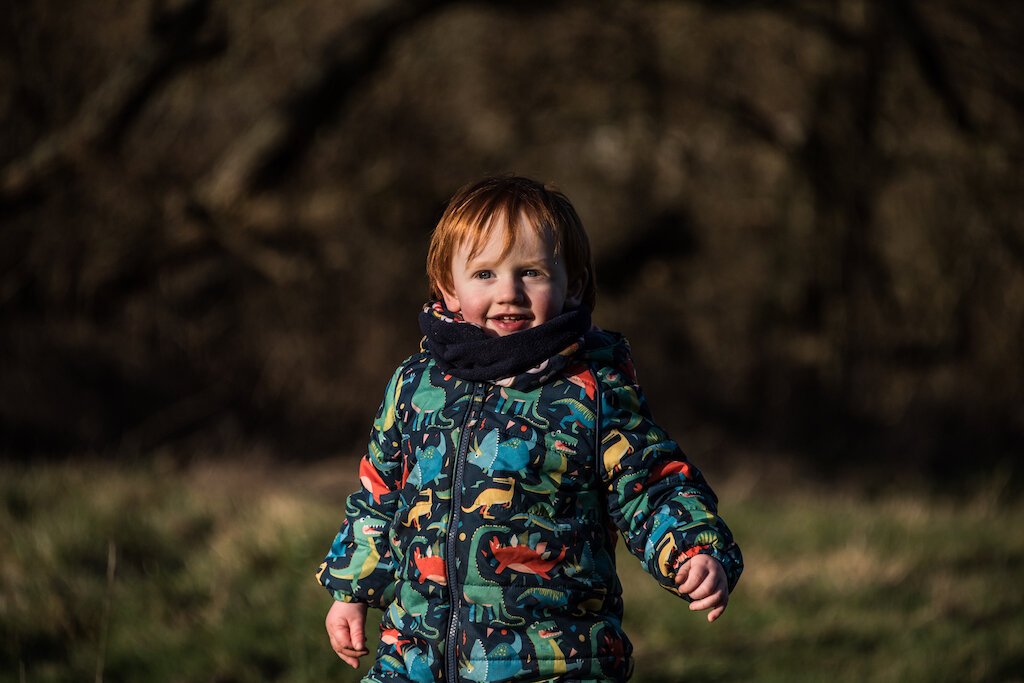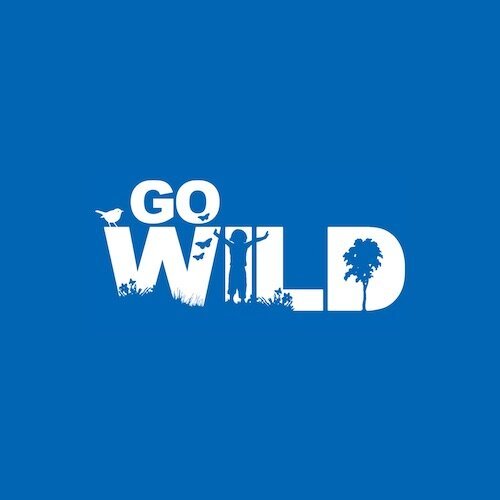
What is forest school?
It was during my teacher training that I first heard about forest school. It was a dark and disquietening time for me as I felt the joy of teaching being sucked out of me and watched as the love of learning ebbed in my six-year-old charges. I knew there had to be another way. Once I discovered there was an alternative, one based in nature and with the sole objective of inspiring discovery and learning, there was no looking back.
A decade later and a lot has changed in education, both for better and for worse. When I started and explained the path I had chosen was called ‘forest school’ I was met with blank faces. Nowadays, people’s faces light up and tell me their child/grandchild/niece or nephew ‘does forest school’ but still the understanding is limited.
So, what is forest school?
If the traditional, stereotypical model of classroom education is ‘telling’ the learner about facts and ideas, then outdoor education is more about ‘showing’. Take that one step further and forest school is all about ‘guiding’ the learner through ideas, skills and concepts that appeal to them.
The aims and objectives that a forest school leader will have in their mind during their sessions is what is usually termed as ‘soft outcomes’ – independence, resilience, wellbeing, social skills, creativity, problem solving and ability to share – which arguably are more important in adult life than our ability to recall our eight times table (never did nail that one).
The way this is achieved is by facilitating or allowing our learners to explore, discover and learn new skills within the defined parameters of the forest school. For example, the group I teach on a Friday is in the corner of the field of a Bristol school, with a few trees and an area for fire. I always arrive with a main activity that’s designed to engage them with the natural world and is as open ended as I can make it so that if the mood takes them, they can extend it as much as they like. At the same time, there are always the same activities available; invertebrate investigations, nature soft toys, wooden musical instruments and digging and messy play. The children dip in an out of activities, alternating between creative and imaginative play to more practical skills such as digging and making mud pies (which then get served to unsuspecting teachers and the imaginative play begins again!). At any one point, the children are in charge of their learning, tuning in to whatever seems the most important to them that day. Sometimes I can say exactly what a child has learnt that session and other times I can only guess but I know that learning has definitely happened which was more than I ever could say when I was classroom-bound.
We often have a fire. We practice the safety rules every time before we light it. I model the behaviour I want to see and they show me they understand by repeating that behaviour. I light the fire and for a moment they are all spellbound by the awe of the natural world. Suddenly, a couple remember there was something else they wanted to do and skip of to sit in the branches of a tree, others head off to dig holes while a few remain staring into the flames. Some rejoin as others leave and so the ebb and flow of the fire circle continues, always welcoming, always safe and always magic.
The responsibility and calculated risk of being around fire gives the children an understanding of potential dangers as well as providing a guided experience of how to manage those risks. The benefits of increased confidence and feeling of importance that trust brings to a child is invaluable and far outweighs the perceived risks of the fire. As trained professionals, forest school leaders know that the perceived ‘risk’ involved in an activity will always feel greater to those who are taking part than to those of us who have thought through the activity from all angles and put measures in place to make it as safe as possible.
The children potter about their important business of learning, sometimes asking for help, sometimes inviting adults to join and sometimes ignoring us completely. But always present and engaged.
As the weeks continue, the children notice the changes in the seasons as we come to know each other well. The weekly nature of the sessions means that we can all take our time in getting to know each other and the natural world we’re playing and learning in. the community that is created over time only adds to the sense of safety and belonging for all of us and we all develop and grow together.
I could go on. And on and on and on.
But for now, I’ll leave it with you. If any of this has ignited a spark and you think that forest school is for you then get in touch with any questions that you have.

